Study on Energy Allocation of Sign Language Interpreters in Political Meetings under Gile's Effort Model
DOI: 10.23977/langl.2024.070729 | Downloads: 16 | Views: 863
Author(s)
Qi Duo 1
Affiliation(s)
1 School of Foreign Languages, Inner Mongolia University, Hohhot, 010021, China
Corresponding Author
Qi DuoABSTRACT
On January 21, 2024, the Opening Ceremony of the Second Session and the First Session of the Sixth Chongqing National People's Congress opened. The mayor, Hu Henghua, presented a report on the conference. For the first time, the conference was broadcast in Sign Language, enabling the deaf people to listen to it and to feel the care and attention given by the state to the deaf community as well as inner satisfaction. According to Gile's Effort Model, simultaneous interpreting activities can be decomposed into four parts: Listening and Analysis, Short-term Memory, Production, and Coordination, which aim to help interpreters allocate their energy in the actual interpreting process. Based on Gile's Effort Model, this study uses the case study approach to explore how sign language interpreters allocate their energy to interpretation. The study reveals that sign language interpreters encounter many challenges during consecutive interpreting at political conferences. Therefore, the interpreters must make adequate preparation before interpretation, including choosing appropriate costumes, practicing facial expressions and gestures, familiarizing themselves with political terminology, and keeping abreast of the latest developments in national politics, to avoid the uneven distribution of energy during the interpretation process and to ensure that they can complete the interpretation task efficiently.
KEYWORDS
Gile's Effort Model, Sign Language Interpretation, Political conferenceCITE THIS PAPER
Qi Duo, Study on Energy Allocation of Sign Language Interpreters in Political Meetings under Gile's Effort Model. Lecture Notes on Language and Literature (2024) Vol. 7: 203-211. DOI: http://dx.doi.org/10.23977/langl.2024.070729.
REFERENCES
[1] Frishberg, N. (1990). Interpreting: an introduction. RID publications.
[2] Liu, H.Y. et al. (2024). Research on sign language digital human technology and intelligent application. Value Engineering, 43(02), 98-101.
[3] Zhang, Y.Q. et al. (2023). A multimodal corpus construction study of Chinese sign language vocabulary for sign language linguistics. Data Analysis and Knowledge Discovery, 7(10), 144-155.
[4] Che, H.H.(2018). Compound translation talent cultivation by combining sign language translation. Literary and Educational Materials, 21, 210-211.
[5] Pöchhacker, F. (2004). Introducing Interpreting Studies. London and New York: Routledge.
[6] Wang, Y., & Liu, J. (2023). The Study of Difficulties and Strategies in Online Class Interpreting under the Effort Model. Open Journal of Social Sciences, 11(11), 597-614.
[7] Moser, B. (1978). Simultaneous interpretation: A hypothetical model and its practical application. In Language interpretation and communication (pp. 353-368). Boston, MA: Springer US.
[8] Gile, Daniel. (1995). Basic Concepts and Models for Interpreter and Translator Training. Amsterdam/ Philadelphia: John Benjamins.
[9] Liu, J.F. et al. (2024). Analysis of the Current Situation and Prospects of Sign Language Broadcasting and Hosting Research. Southeast Communication, (08), 153-156.
[10] Yan, R.W., & Huang, Z.S. (2014, January 22). "Listening" to the report with eyes - Sign language broadcasting introduced for the first time at the Municipal People's Congress. Retrieved from https://www.cqrd.gov.cn/index.html.
[11] China Disabled Persons’ Federation. et, al. (2019). Dictionary of National Common Sign Language. Beijing: Huaxia Publishing House.
[12] Wang, J.H. (2009). Differences and similarities between sign language translation and interpretation. China Special Education, (08), 20-26.
[13] Zhang, H.C. (2019).A cognitive theory of communicative gestures .Advances in Psychological Science, 27(03), 499-507.
| Downloads: | 48694 |
|---|---|
| Visits: | 925569 |
Sponsors, Associates, and Links
-
Journal of Language Testing & Assessment
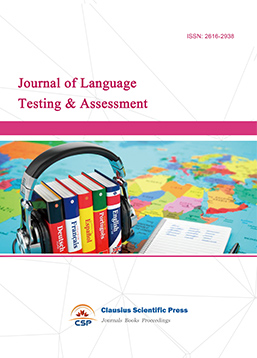
-
Information and Knowledge Management
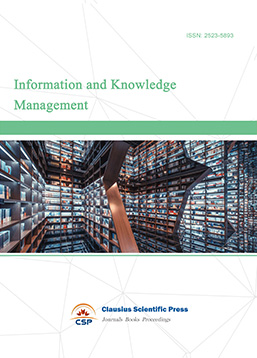
-
Military and Armament Science
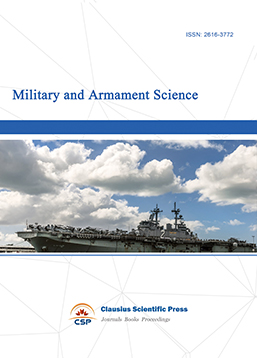
-
Media and Communication Research
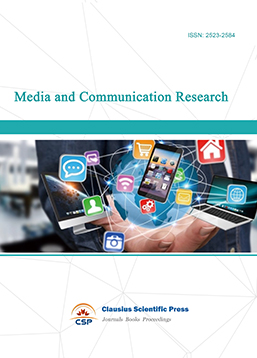
-
Journal of Human Movement Science
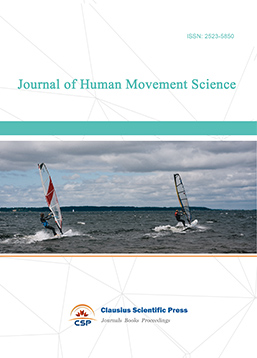
-
Art and Performance Letters
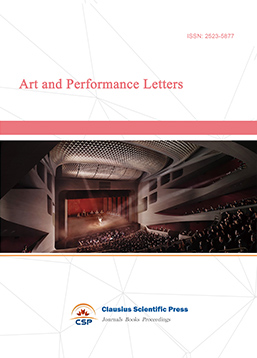
-
Lecture Notes on History
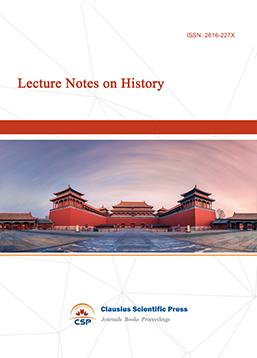
-
Philosophy Journal
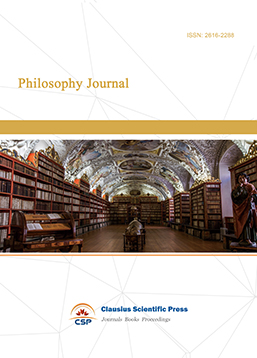
-
Science of Law Journal
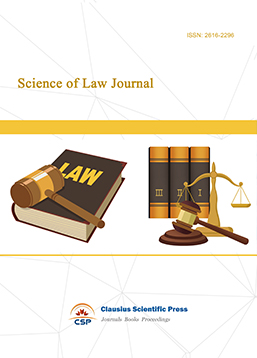
-
Journal of Political Science Research
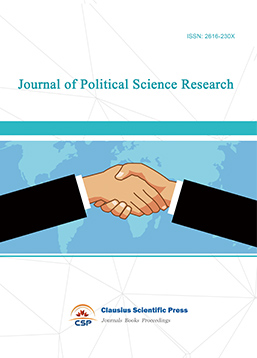
-
Journal of Sociology and Ethnology
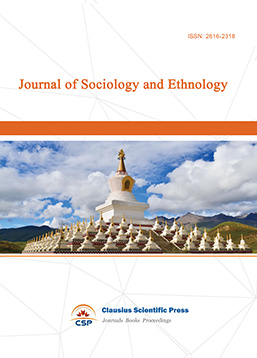
-
Advances in Broadcasting


 Download as PDF
Download as PDF